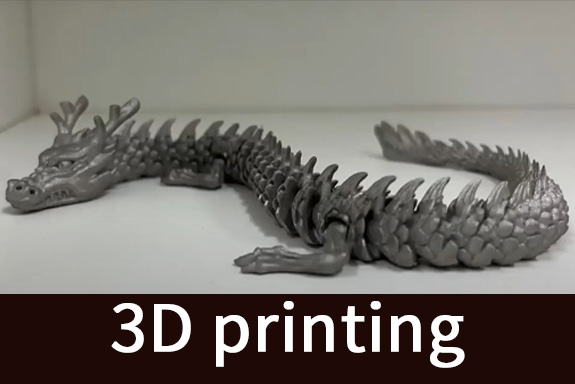Introduction to Trimmed Resistors
Trimmed resistors are essential components in electronic circuits, providing precise resistance values that are crucial for circuit performance. These resistors can be created using various techniques, including thick film technology, which employs a thick film substrate for fabrication. The ability to laser trim resistors allows for fine adjustments, ensuring that the final resistance meets specific design requirements. This article explores the various aspects of trimmed resistors, focusing on their production, materials, and the technology behind laser trimming.
Thick Film Resistors and Their Substrates
Thick film resistors are fabricated by printing a resistive material onto a thick film substrate, typically made from ceramics or glass. This method allows for the creation of resistors with high stability and reliability. Trimmed resistors produced through thick film technology can achieve tight tolerances, making them ideal for applications in telecommunications, automotive, and consumer electronics. The thick film substrate provides excellent thermal stability, enabling these resistors to perform well in various environmental conditions.
The Process of Laser Trimming
Laser trimming is a precision technique used to adjust the resistance of trimmed resistors after their initial fabrication. By selectively removing material from the resistor element, manufacturers can achieve the desired resistance value with high accuracy. This process is particularly beneficial for thick film resistors, as it minimizes the risk of damage to the thick film substrate. Laser trimming machines can process various materials efficiently, making them indispensable in modern resistor production.
Advantages of Laser Trim Resistors
The use of laser trim resistors offers several advantages over traditional trimming methods. The precision of laser trimming ensures minimal variance in resistance values, leading to improved performance in electronic circuits. Additionally, laser trimming is a non-contact method, which reduces the risk of introducing mechanical stress to the trimmed resistors. This capability makes laser-trimmed resistors suitable for applications where reliability is paramount, such as in aerospace and medical devices.
Thick and Thin Film Resistors: A Comparative Overview
When discussing trimmed resistors, it’s important to differentiate between thick and thin film resistors. Thick film resistors, as mentioned, are built on a thick film substrate, providing robustness and stability. In contrast, thin film resistors are created using a different process, resulting in a finer film that allows for higher precision and lower noise. Both types can be laser-trimmed, but the applications may differ based on the requirements of the circuit design. Understanding these differences helps engineers select the appropriate trimmed resistor for their specific needs.
Applications of Trimmed Resistors
Trimmed resistors find applications across a wide range of industries, from consumer electronics to industrial automation. In telecommunications, for instance, the precision of laser-trimmed resistors ensures reliable signal processing. In automotive applications, trimmed resistors contribute to the accuracy of sensor systems, enhancing overall vehicle performance. The versatility of trimmed resistors, combined with their ability to perform well across various materials, makes them indispensable in modern electronic design.
Conclusion
In conclusion, trimmed resistors play a vital role in the functionality of electronic devices. The integration of thick film technology, laser trimming, and advanced manufacturing processes has significantly enhanced their precision and reliability. Whether utilizing thick film substrates or exploring the benefits of laser trim resistors, engineers can leverage these components to meet the demands of contemporary electronics.
由用户整理投稿发布,不代表本站观点及立场,仅供交流学习之用,如涉及版权等问题,请随时联系我们(yangmei@bjjcz.com),我们将在第一时间给予处理。







